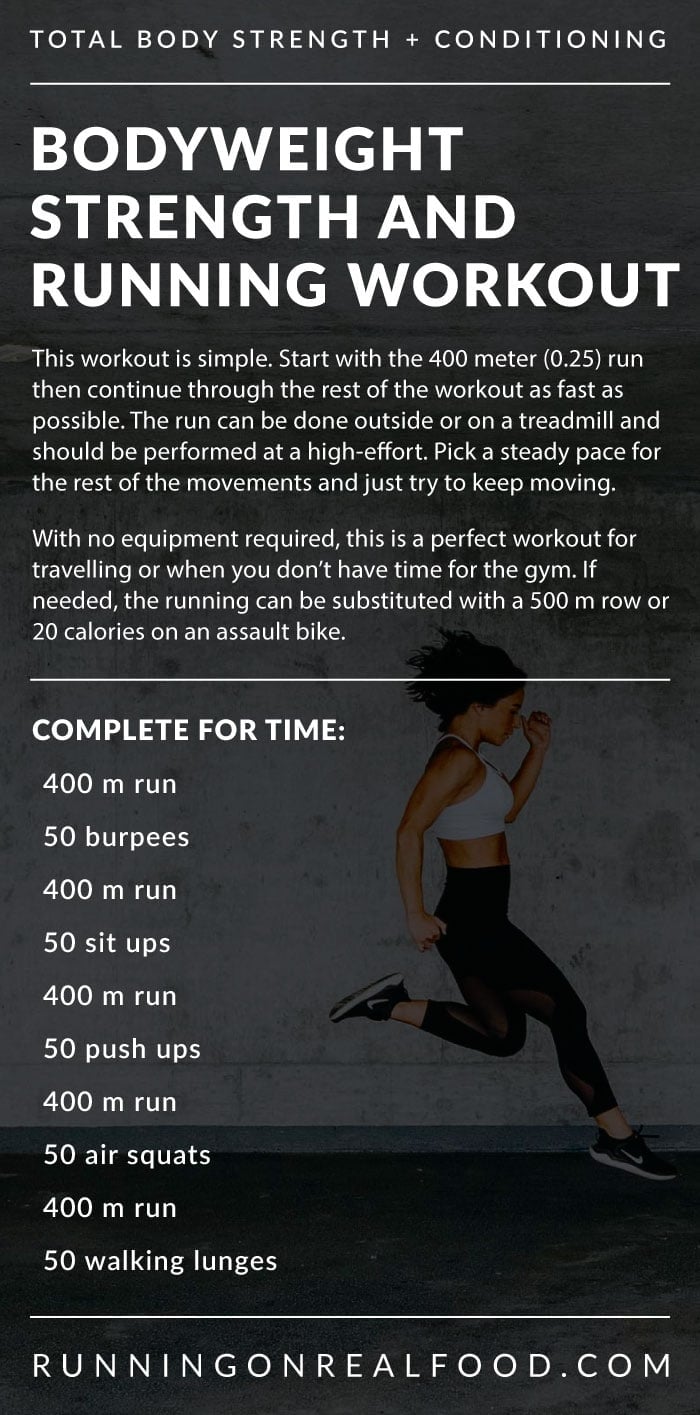Just How to avoid and Handle Discomfort in Running: Expert Tips and Recommendations
As joggers, we usually discover ourselves caught between the euphoria of pressing our physical limits and the discomfort that can accompany it. The pursuit of that jogger's high can often be prevented by the unwanted friend of discomfort. Whether you are a skilled marathoner or a novice striking the pavement for the very first time, the bothersome existence of pain and discomfort is a common measure. However, there exist tried and tested methods and professional advice that can assist reduce and take care of these discomforts, allowing you to concentrate on the joy of running itself.
Significance of Correct Footwear
Appropriate shoes plays a vital role in protecting against and managing discomfort for joggers, as it considerably impacts their convenience, performance, and overall foot wellness. When it comes to running, wearing the right footwear can make all the difference. Uncomfortable or inappropriate shoes can lead to a host of problems such as sores, shin splints, plantar fasciitis, and a lot more severe injuries like tension fractures.
Picking the appropriate running footwear includes considering aspects such as foot kind, stride mechanics, running terrain, and personal choices. Runners with high arches may require more cushioning and assistance, while those with flat feet may take advantage of security footwear. Furthermore, comprehending pronation (the internal rolling of the foot) and supination (the exterior rolling of the foot) can aid in selecting shoes that give the ideal degree of arch assistance.
Spending in quality operating shoes that are appropriate for your individual needs can help avoid pain and discomfort while boosting your running experience. Focusing on appropriate shoes is not nearly efficiency however likewise regarding safeguarding your foot health over time.

Effective Workout Strategies
A dynamic workout routine prior to a run helps increase blood circulation to the muscular tissues, enhances adaptability, and enhances the array of movement of the joints. Dynamic stretches like leg swings, high knees, and hip circles are advantageous in preparing the body for the physical needs of running.
In addition to vibrant stretches, incorporating some light cardio workouts such as jogging or skipping rope can additionally elevate the heart rate and heat up the body. This mix of dynamic extending and light cardio helps loosen limited muscles, lube the joints, and psychologically prepares the runner for the upcoming exercise (running workout). By making workouts a consistent part of your running regimen, you can considerably decrease the risk of injuries and carry out at your best during each run
Key Extending Workouts
When preparing for a run, integrating vital extending workouts is necessary to boost muscle versatility and stop injuries - Read More. Dynamic extends such as leg swings, high knees, and hip circles are advantageous for heating up the muscles and enhancing variety of motion prior to a run. These movements assist improve blood flow, loosen up limited muscles, and prepare the body for the task ahead
Static stretches like calf bone stretches, hamstring stretches, and quadriceps stretches should comply with a go to aid in muscle mass recuperation and prevent tightness. Holding each go for 15-30 secs allows the muscular tissues to unwind and lengthen, decreasing the threat of post-run pain and potential injuries.
In addition, integrating yoga exercise positions like down dog, pigeon present, and spinal spins can target numerous muscle mass teams at the same time, promoting general flexibility and stamina. Constant extending regimens not only improve performance yet additionally help in maintaining great running form and avoiding overuse injuries. Keep in mind, proper extending techniques are essential for a secure and pleasurable running experience.
Recovery and Rest Methods
After completing a run, applying reliable healing and rest approaches is necessary for optimizing performance and minimizing the threat of injuries. Furthermore, incorporating remainder days into your training schedule is crucial to protect against overuse injuries and burnout.
Energetic healing methods such as gentle stretching, foam rolling, and yoga exercise can help enhance circulation, minimize muscular tissue soreness, and improve adaptability. It is additionally useful to focus on hydration and nourishment post-run to replenish electrolytes, glycogen stores, and promote muscle mass recovery.
Cross-training tasks like swimming or biking can offer a break from the recurring influence of running while still maintaining cardiovascular physical fitness - running workout. Listening to your body and acknowledging when it needs a break is vital to avoid persistent injuries and making sure lasting running success. Bear in mind, remainder is not an indicator of weak point but a critical component of an all-round training program
Cross-Training Perks

Additionally, cross-training aids in avoiding mental burnout by including variety to your exercise regimen, keeping you motivated and participated in your fitness trip. It enables you to service different facets of physical fitness that might not be targeted only with running, leading to an extra balanced and well-rounded professional athlete. Furthermore, cross-training can assist improve running performance by dealing with muscle imbalances and weaknesses that might impede performance. On the whole, incorporating cross-training into your program can bring about enhanced endurance, rate, and general sports performance while lowering the chance of injury.
Final Thought
Finally, proper footwear, workout strategies, stretching exercises, recuperation techniques, and cross-training are vital parts in avoiding and handling discomfort in running. By including these techniques into your regimen, you can reduce the danger of injury and pain while maximizing efficiency and satisfaction of the sporting activity. Read More. Remember to listen to your body, focus on remainder and recovery, and look for specialist guidance when needed to make sure a safe and reliable running experience